Chia seeds have gained tremendous popularity as a superfood, and for good reason. They contain approximately 10 grams of fiber per ounce, making them a go-to choice for health-conscious individuals looking to boost their daily fiber intake. However, while they are undeniably nutritious, relying solely on them may limit the variety of nutrients and flavors in your diet.
The truth is, there are several other foods that can match or even exceed their fiber content while offering unique nutritional profiles and culinary versatility. By diversifying your fiber sources, you’ll not only meet your daily fiber goals but also enjoy a wider range of vitamins, minerals, and health benefits.
Why Look Beyond These Seeds for Fiber?
Don’t get us wrong—they deserve their superfood status. They’re packed with omega-3 fatty acids, protein, and antioxidants. However, nutritional variety is key to optimal health. While they excel in certain areas, other foods can complement them perfectly in a well-rounded, fiber-rich diet.
Here are seven foods that contain impressive amounts of fiber and can serve as excellent alternatives or additions to your meal planning.
7 Fiber-Rich Foods That Rival These Popular Seeds
1. Pumpkin Seeds
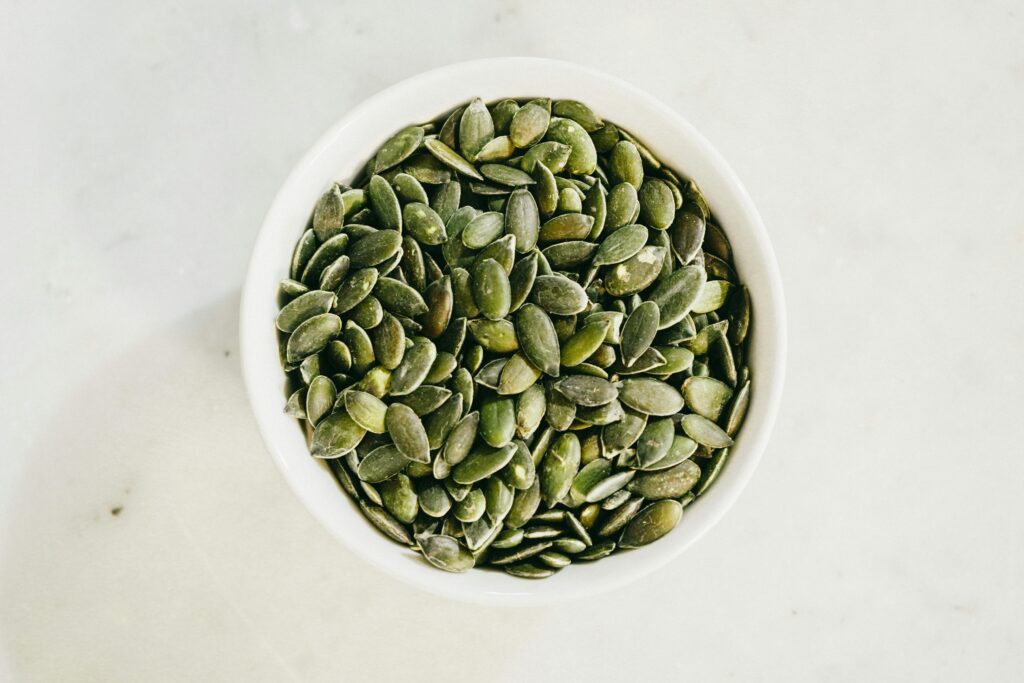
Fiber: 5.1 grams per 3.5 ounces
While pumpkin seeds contain less fiber per serving, they make up for it with their impressive magnesium content, which supports healthy blood pressure. Unlike the tiny seeds, pumpkin seeds offer a satisfying crunch that makes them perfect for snacking.
How to enjoy them: Eat raw or roasted as a portable snack, or sprinkle over salads, yogurt, or oatmeal for added texture—similar to how you might use other seeds as toppings.
2. Spinach
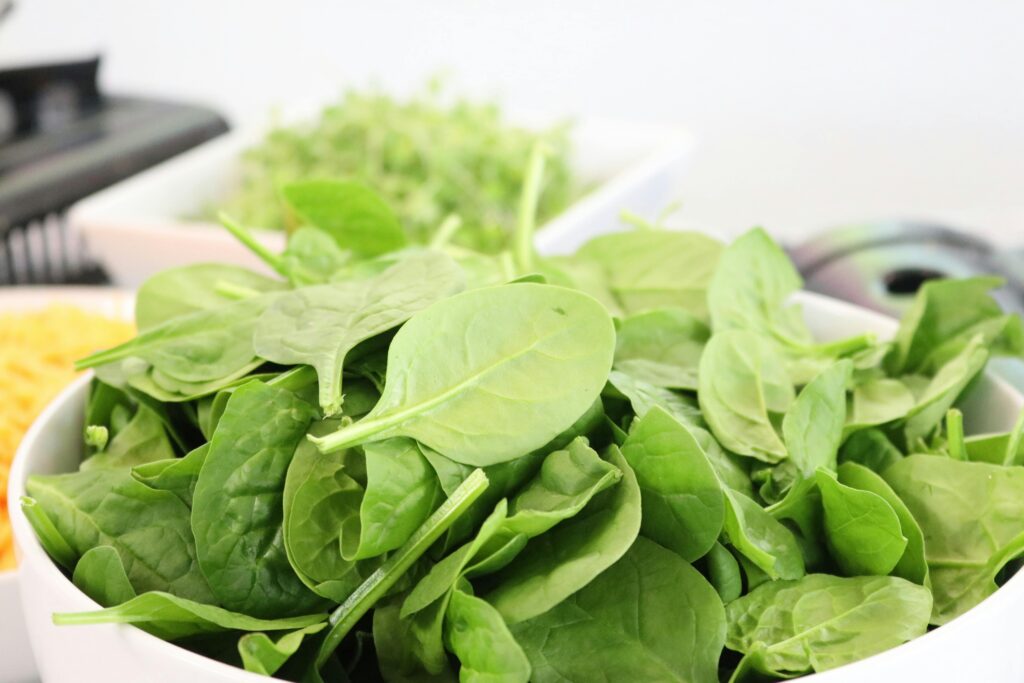
Fiber: 4.3 grams per 1 cup
Spinach provides substantial fiber content while delivering a powerhouse of vitamins A, C, E, and K, plus iron and folate. Unlike chia seeds, which are neutral in flavor, spinach adds a mild, earthy taste and vibrant color to dishes.
Health benefits: This leafy green helps protect against cancer and heart disease, offering protective compounds that chia seeds don’t provide.
Serving suggestions: Mix into pasta dishes, soups, or serve as a wilted side dish to dramatically increase your meal’s nutritional value.
3. Avocado
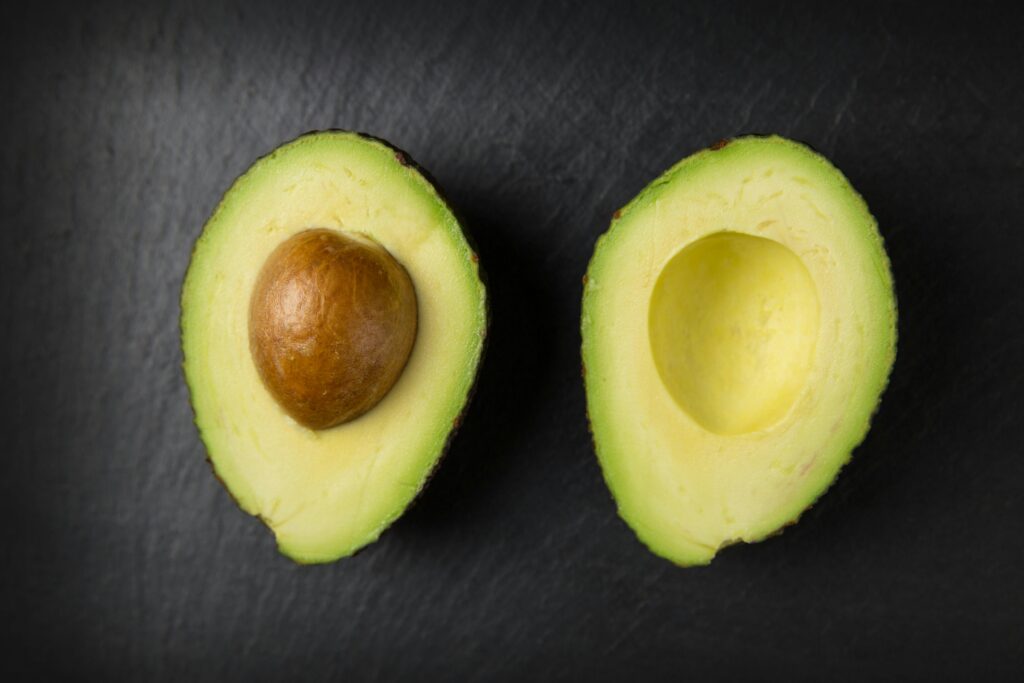
Fiber: 5 grams per ½ cup
Avocados offer a creamy texture and rich flavor that contrasts beautifully with the gel-like consistency of soaked chia seeds. Beyond fiber, avocados provide heart-healthy Monounsaturated fats that help reduce LDL cholesterol.
Pro tip: Unlike chia seeds which have a long shelf life, cut avocados brown quickly. Wrap tightly and refrigerate to extend freshness.
4. Pear
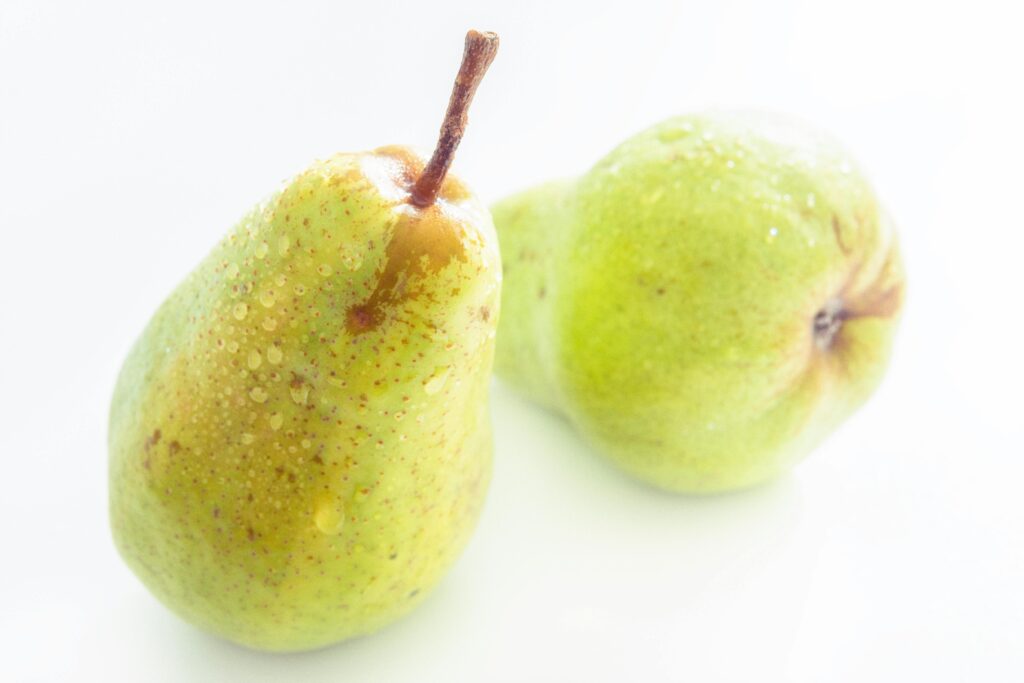
Fiber: 5.55 grams per medium pear
Pears deliver more fiber per serving than many other fruits and provide a natural sweetness that can satisfy cravings without added sugars. The fiber in pears works differently than in chia seeds—about half is concentrated in the edible skin.
Nutritional bonus: Pears contain vitamin C and phytochemicals that may help lower blood pressure.
Best practice: Always eat pears unpeeled to maximize fiber intake, unlike chia seeds which provide consistent fiber content regardless of preparation.
5. Chickpeas
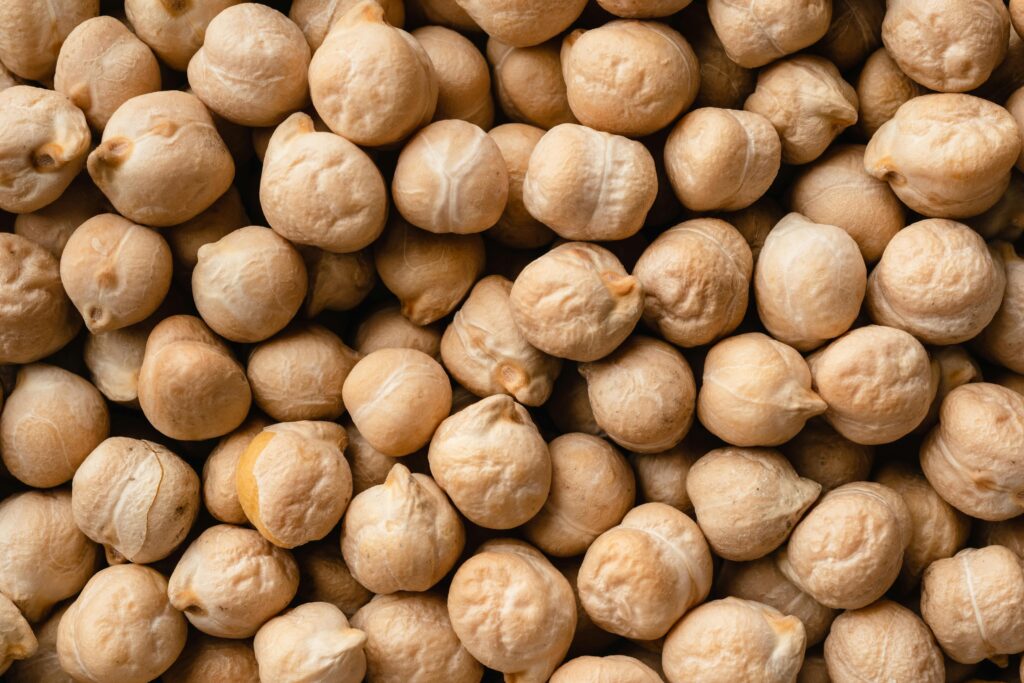
Fiber: 6.3 grams per ½ cup
Chickpeas are nutritional powerhouses that provide both fiber and protein (over 7 grams per serving), making them more filling than chia seeds alone. They also contain folate and manganese.
Versatility advantage: While chia seeds are often used as additions to other foods, chickpeas can serve as the main component of dishes. Roast them for a crunchy snack or blend into hummus.
Plant-based bonus: Chickpeas are excellent meat substitutes, offering a hearty texture and protein content that chia seeds can’t match.
6. Lentils
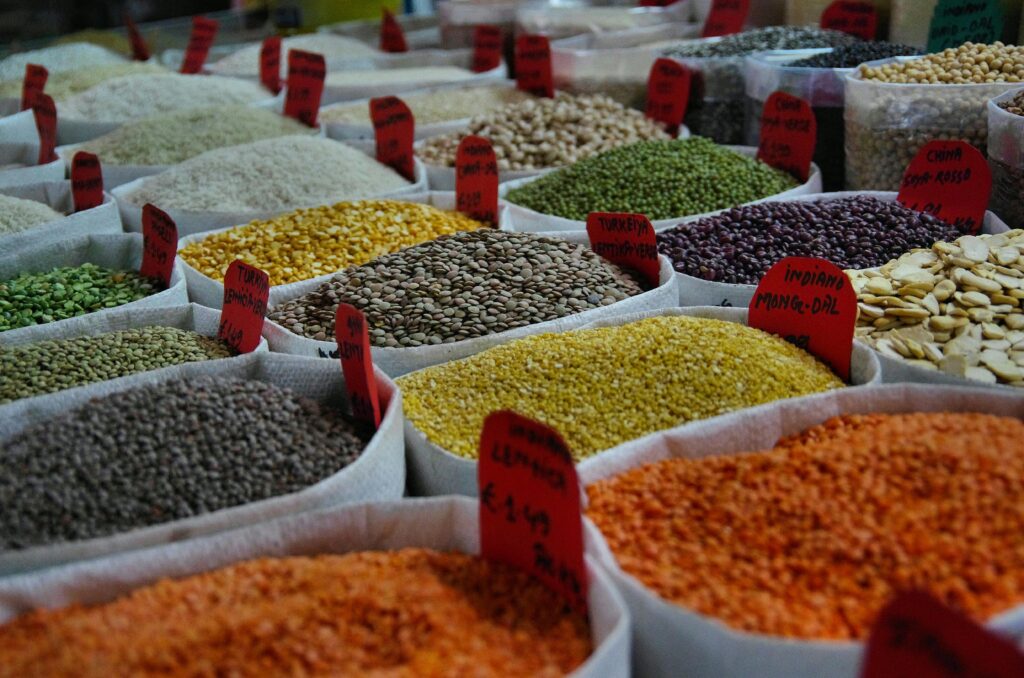
Fiber: 7.8 grams per ½ cup
Lentils come closer to matching chia seeds’ fiber content while providing additional benefits like protein, folate, and iron. They contain both soluble and insoluble fiber, just like chia seeds, but in different proportions.
Gut health advantage: Lentils contain prebiotics that feed beneficial gut bacteria, supporting a healthy microbiome. Available in red, orange, black, and green varieties, they offer more culinary diversity than chia seeds.
7. Coconut Meat
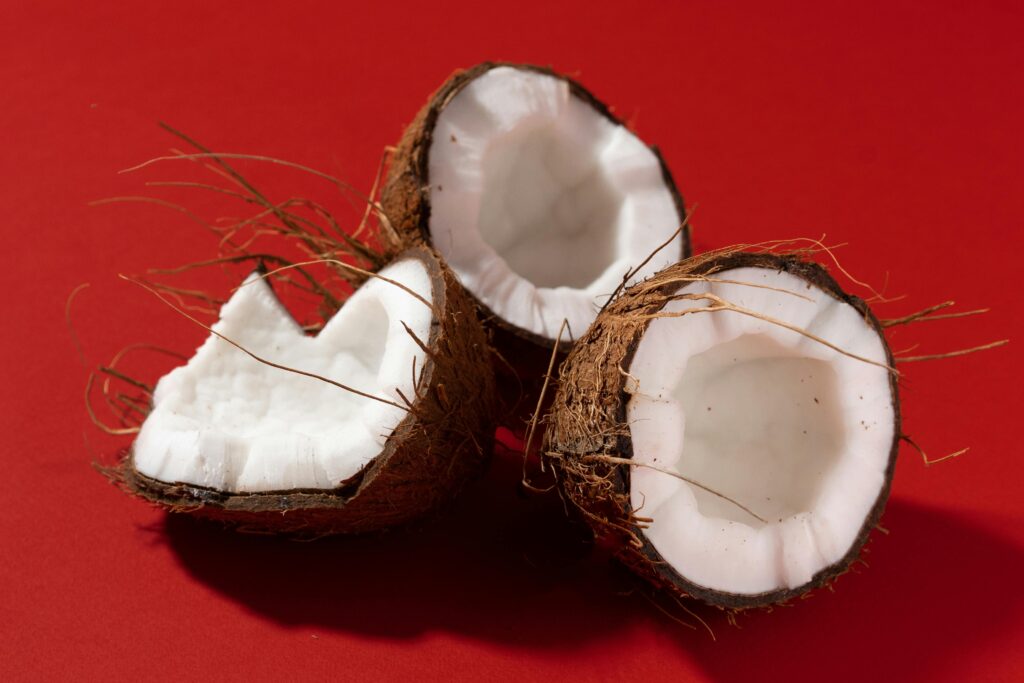
Fiber: 4.6 grams per 1 ounce
Fresh coconut meat provides substantial fiber along with antioxidants, protein, and iron. Unlike chia seeds, coconut adds natural sweetness and tropical flavor to dishes.
Storage tip: While chia seeds have excellent shelf stability, fresh coconut meat requires careful storage—it lasts only a few days refrigerated but can be frozen for longer storage.
Serving suggestion: Sprinkle unsweetened dried coconut over oatmeal, yogurt, or smoothie bowls, similar to how you might use chia seeds as a topping.
The Importance of Fiber in Your Diet
Most U.S. adults fall short of recommended fiber intake. Men should consume 28-34 grams daily (depending on age), while women need 22-28 grams. Surprisingly, over 90% of Americans don’t meet these guidelines, despite the availability of fiber-rich foods like chia seeds and the alternatives mentioned above.
Also Read: Eye-Opening Stats: 9 in 10 Americans Lack Fiber—Here’s What You’re Missing
Health Benefits of Adequate Fiber Intake
Increasing your fiber consumption supports:
- Digestive health: Promotes regular bowel movements and gut health
- Disease prevention: May protect against colon cancer, heart disease, and diabetes
- Weight management: Helps you feel full and satisfied
- Blood sugar control: Slows sugar absorption for better glucose management
Smart Strategies for Increasing Fiber Intake
Start Slowly
Whether you’re adding chia seeds or any of these alternative fiber sources to your diet, increase intake gradually. Adding too much fiber too quickly can cause bloating, gas, or abdominal cramps.
Stay Hydrated
Fiber needs water to work effectively in your digestive system. When increasing fiber intake from any source—whether chia seeds, lentils, or spinach—ensure adequate water consumption.
Diversify Your Sources
Rather than relying solely on chia seeds, incorporate multiple fiber-rich foods throughout your day. This approach provides varied nutrients while preventing dietary monotony.
Creating a Fiber-Rich Meal Plan
Breakfast Options
- Oatmeal topped with both chia seeds and coconut flakes
- Smoothie with spinach, pear, and a tablespoon of chia seeds
- Avocado toast with pumpkin seeds
Lunch Ideas
- Lentil soup with a side salad
- Chickpea salad with spinach and avocado
- Quinoa bowl topped with roasted pumpkin seeds
Dinner Suggestions
- Spinach and lentil curry
- Roasted vegetables with chickpeas
- Salad with avocado, pear, and chia seed dressing
Conclusion: Beyond Chia Seeds for Optimal Fiber Intake
While chia seeds remain an excellent source of fiber and deserve their place in a healthy diet, expanding your fiber sources offers numerous advantages. The seven foods highlighted—pumpkin seeds, spinach, avocado, pears, chickpeas, lentils, and coconut meat—each provide unique nutritional profiles and culinary possibilities.
By incorporating these alternatives alongside chia seeds, you’ll create a more varied, interesting, and nutritionally complete diet. Remember to increase fiber intake gradually, stay well-hydrated, and enjoy the journey toward better digestive health and overall wellness.
The key isn’t choosing between chia seeds and other fiber sources—it’s about creating a diverse, fiber-rich diet that supports your health goals while keeping meals exciting and flavorful.

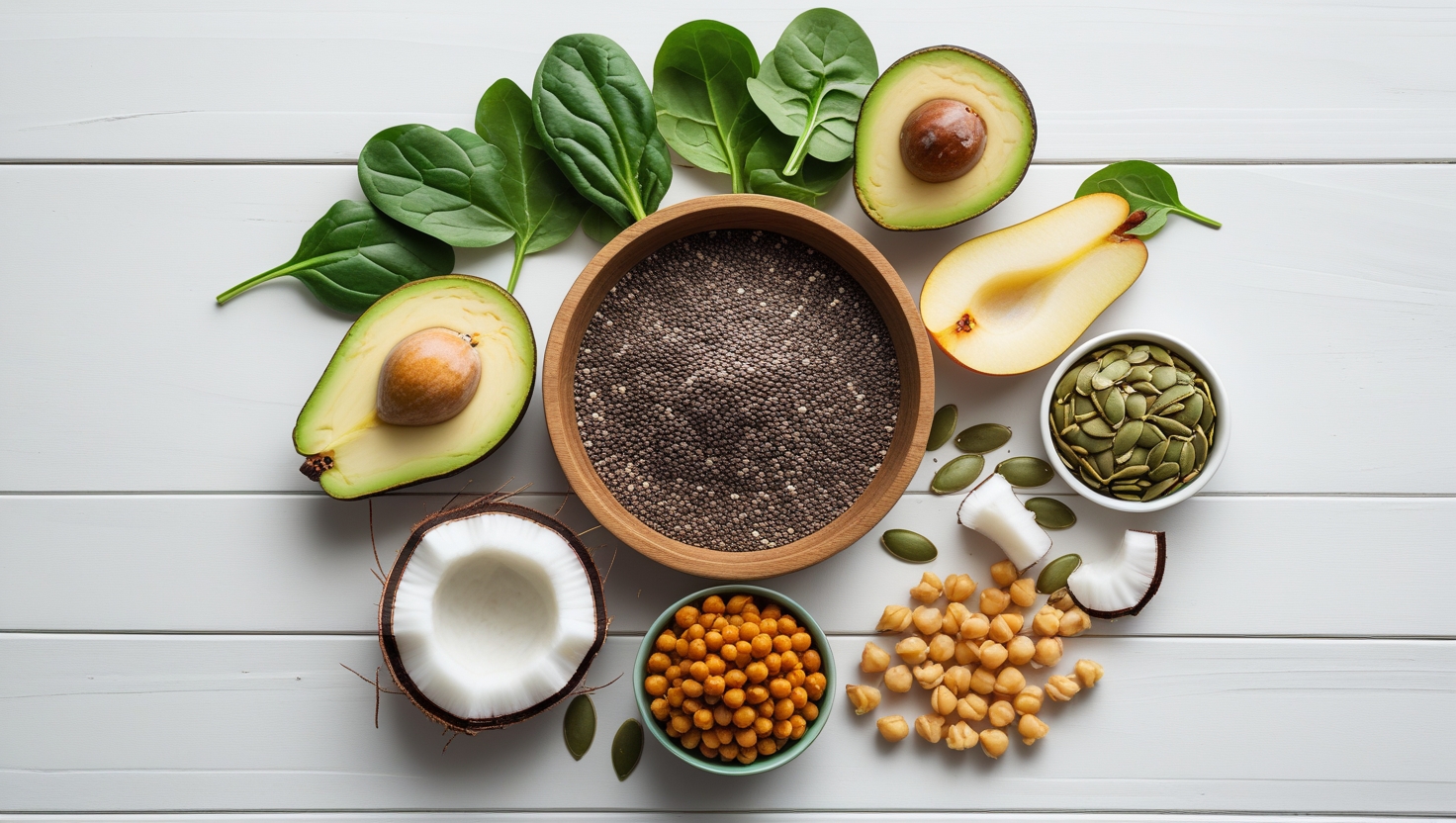
5 thoughts on “Chia Seeds vs 7 High-Fiber Foods: Better Alternatives for Your Diet”